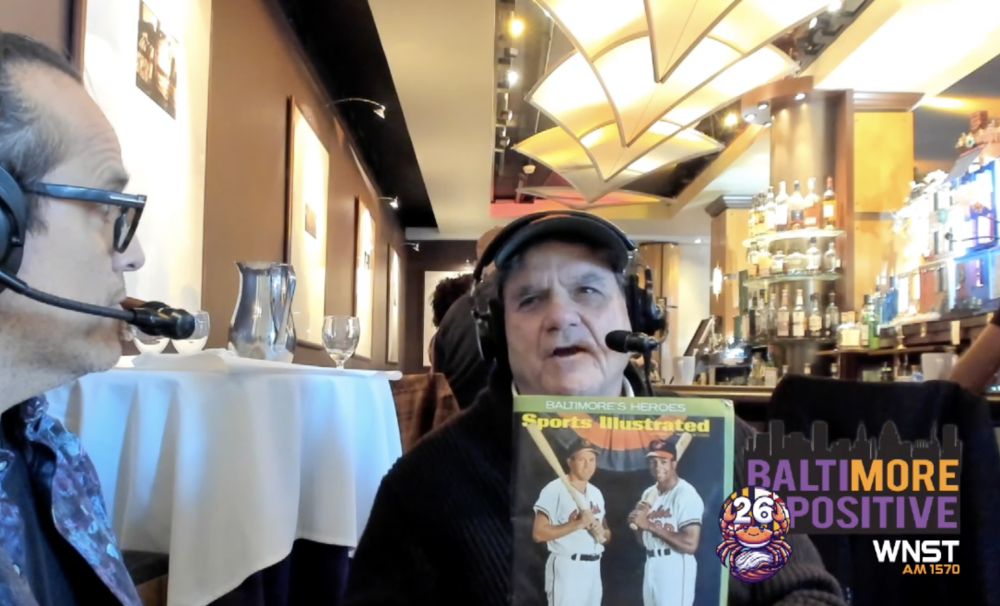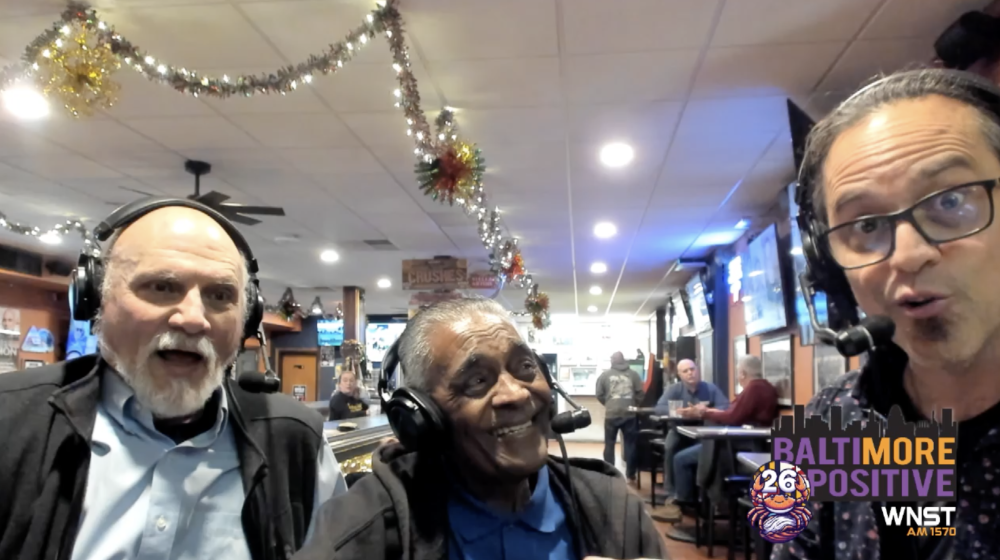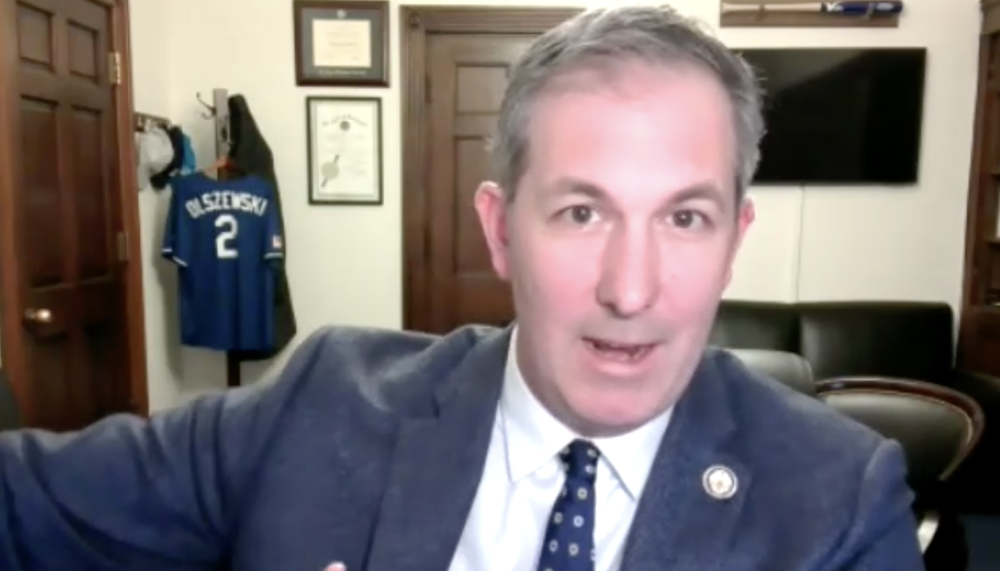Improving the starting pitching, re-signing Chris Davis, and upgrading corner outfield production top the consensus list of priorities as the Orioles’ offseason needs.
Though maddeningly inconsistent during the 2015 season following the free-agent departures of Nelson Cruz and Nick Markakis, the Baltimore lineup still produced eight more runs than it did a year ago. A bullpen that didn’t retain postseason standout Andrew Miller finished third in the American League with a 3.21 ERA, only slightly worse than its 3.10 mark in 2014.
But an Orioles starting rotation that finished fifth in the AL with a 3.61 ERA in 2014 was almost a full run worse with a 4.53 mark that ranked 14th out of 15 AL clubs this past season.
That explains much of the Orioles’ drop-off in a nutshell, right?
Not exactly, even if the starting rotation clearly needs to be upgraded this winter.
Below is a look at a mystery team compared to the Orioles in just a few categories with their 2015 AL rankings included in parentheses:
| Mystery team | Orioles | |
| Runs scored | 724 (6th) | 713 (7th) |
| Starter ERA | 4.34 (12th) | 4.53 (14th) |
| Starter FIP | 4.32 (12th) | 4.47 (14th) |
| Quality starts | 71 (14th) | 72 (11th) |
| Bullpen ERA | 2.72 (1st) | 3.21 (3rd) |
| Bullpen FIP | 3.56 (4th) | 3.48 (3rd) |
| Team ERA | 3.73 (3rd) | 4.05 (8th) |
| Team FIP | 4.04 (6th) | 4.11 (10th) |
Though you’d conclude that the mystery team was better than the Orioles in 2015 — by 14 wins, in fact — the comparison shows two clubs sharing a similar profile in terms of runs scored and a reliance on a strong bullpen to overcome below-average starting pitching. But the smaller gap between these clubs in FIP (Fielding Independent Pitching) compared to the difference in ERA helps illustrate arguably the biggest difference between the Orioles and the World Series champion Kansas City Royals in 2015.
Defense.
Now, traditional fielding statistics — that don’t take into account factors such as range, arm strength, and an ability to make the more difficult plays — would suggest the Orioles were the best defensive team in the league in 2015 as they committed the fewest errors of any AL club and owned the highest fielding percentage. Meanwhile, the Royals committed 11 more errors and ranked only sixth in fielding percentage.
But a deeper look indicates the Royals were vastly superior to Baltimore in the field, leading the AL with 52 defensive runs saved (numbers constructed by Baseball Info Solutions) while the Orioles finished 11th at minus-9. On their way to its first AL East title in 17 years, Buck Showalter’s club led the league with 50 defensive runs saved a year ago.
This sterling defense in 2014 helped make an average Baltimore starting rotation that owned the 14th-worst FIP (4.18) in the AL one of the league’s best in terms of ERA with a 3.61 mark that ranked fifth. In other words, superb defense helped compensate for starting pitchers who still finished in the bottom third of the AL in strikeouts, walks, and home runs allowed.
So, what happened to the defense in 2015?
Using defensive runs saved — only one metric, but viewed by many as a reliable one — below is a position-by-position look at how the Orioles performed in 2014 compared to 2015:
| Position | 2014 | 2015 | Difference |
| C | -1 | 4 | +5 |
| 1B | 15 | 1 | -14 |
| 2B | 8 | -7 | -15 |
| 3B | 6 | 10 | +4 |
| SS | 5 | -2 | -7 |
| LF | 7 | 4 | -3 |
| CF | 6 | -1 | -7 |
| RF | 5 | -8 | -13 |
| P | -1 | -10 | -9 |
According to defensive runs saved, the Orioles improved at only two positions in 2015: catcher and third base. Caleb Joseph starting the majority of the games led to the overall improvement at catcher as he finished second on the club with 12 defensive runs saved in 2015. The overall improvement at the hot corner should come as no surprise with a healthy Manny Machado starting all but six games at third base and leading the club with 13 defensive runs saved overall in 2015.
Based on defensive runs saved, the largest drop-offs occurred at first base, second base, and right field. At first base, the 2015 defense wasn’t atrocious, but it was only average after both Chris Davis and Steve Pearce played superb defense there a year earlier. In 2015, Davis was still better than average (+4), but other options such as Pearce, Ryan Flaherty, and Chris Parmelee were either average or slightly below average at the position. Whether Davis ultimately returns or the Orioles are looking at other options for the position in 2016, they’d clearly prefer a return to 2014 defensive levels at first base.
The dramatic drop-off at second base can mostly be attributed to the long-term knee injury suffered by Jonathan Schoop, who finished with an impressive 10 defensive runs saved as a rookie in 2014. Virtually everyone who played the position this past season — including Schoop (-1) — was either average or below average. Fortunately for the Orioles, it’s reasonable to expect Schoop’s defense to bounce back with a full winter to strengthen his knee, but that will be something worth monitoring early next season.
Of course, right field was manned by the unspectacular but very steady Nick Markakis in 2014, but other options such as Nelson Cruz and Steve Pearce also played solid defense in limited opportunities in right. The Orioles’ revolving door at right field in 2015 was nearly as painful in the field as it was at the plate with no one playing good defense including the two-time Gold Glove winner Gerardo Parra (minus-7 defensive runs saved) after he was acquired at the trade deadline. The Orioles simply must find a better all-around option in right field than the ones they ran out there in 2015.
Other positions with drop-off can primarily be attributed to starters missing time due to injuries. At shortstop, J.J. Hardy saw his defensive runs saved dip from 10 to four, but the Orioles will only hope the injuries he’s battled the last couple seasons won’t zap his defense as dramatically as his offense.
Despite the Orioles’ overall decrease in center field in 2015, Adam Jones slightly improved in defensive runs saved from a year ago, but his replacements did not play well in the field. Though turning 30 this past year, Jones has a track record of durability that doesn’t make this position much of a concern after a variety of ailments limited him to just 137 games in 2015.
As for defense on the mound, it’s apparent that pitching coach Dave Wallace and bullpen coach Dom Chiti will need to make improving defense a point of emphasis during spring training. However, it’s worth noting that the enigmatic Ubaldo Jimenez was the biggest pitching culprit at minus-4 runs saved in 2015 as he is very poor at holding runners on base.
These defensive numbers aren’t to suggest that the Orioles don’t need to improve their starting pitching or go all out to sign Davis or another impact bat or two this winter, but much of their success over the last few seasons can be attributed to exceptional defense, something Showalter’s club did not play in 2015. And given the organization’s track record for not spending big money on free agents, improving the defense at a few positions is probably a more realistic task than overhauling the starting rotation or even re-signing Davis at this point.
Would that alone be enough to make the Orioles a contender?
No, but playing underwhelming defense in 2015 went a long way in exposing a mediocre starting rotation and ultimately leaving the Orioles on the outside looking in for the postseason.


























